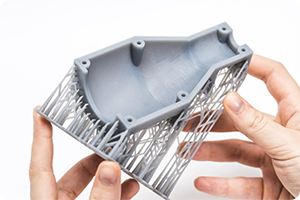Revolutionizing Manufacturing Processes
When it comes to it, there are many different viewpoints and approaches to consider, each with their own strengths and limitations 3d printing manufacturing.3D printing, also known as additive manufacturing, is reshaping the landscape of production in the manufacturing sector. This innovative technology allows for the creation of complex and customized parts with unprecedented speed and precision. The Future of Production: Exploring 3D Printing in the Manufacturing Sector is paving the way for a new era of manufacturing where traditional limitations are being overcome.

Enhancing Design Flexibility
One of the key advantages of The Future of Production: Exploring 3D Printing in the Manufacturing Sector is its ability to enhance design flexibility. Traditional manufacturing methods often have constraints that limit the complexity of designs. With 3D printing, intricate geometries and structures can be easily produced, opening up a world of possibilities for designers and engineers.
Streamlining Production Processes
Another significant benefit of The Future of Production: Exploring 3D Printing in the Manufacturing Sector is the streamlining of production processes. By eliminating the need for tooling and reducing material waste, 3D printing can lead to cost savings and increased efficiency. This technology enables on-demand manufacturing, allowing companies to produce parts as needed, reducing inventory costs and lead times.
Driving Innovation and Sustainability
The Future of Production: Exploring 3D Printing in the Manufacturing Sector is driving innovation across industries. From aerospace to healthcare, 3D printing is revolutionizing how products are designed and manufactured. This technology also has the potential to promote sustainability by enabling the use of recyclable materials and reducing energy consumption compared to traditional manufacturing methods.
In conclusion, The Future of Production: Exploring 3D Printing in the Manufacturing Sector is a game-changer for the manufacturing industry. With its ability to revolutionize production processes, enhance design flexibility, streamline operations, and drive innovation, 3D printing is poised to shape the future of manufacturing. As companies continue to adopt this technology and explore its full potential, we can expect to see a shift towards more efficient, sustainable, and customized manufacturing processes.


